VIDEO
NOTES
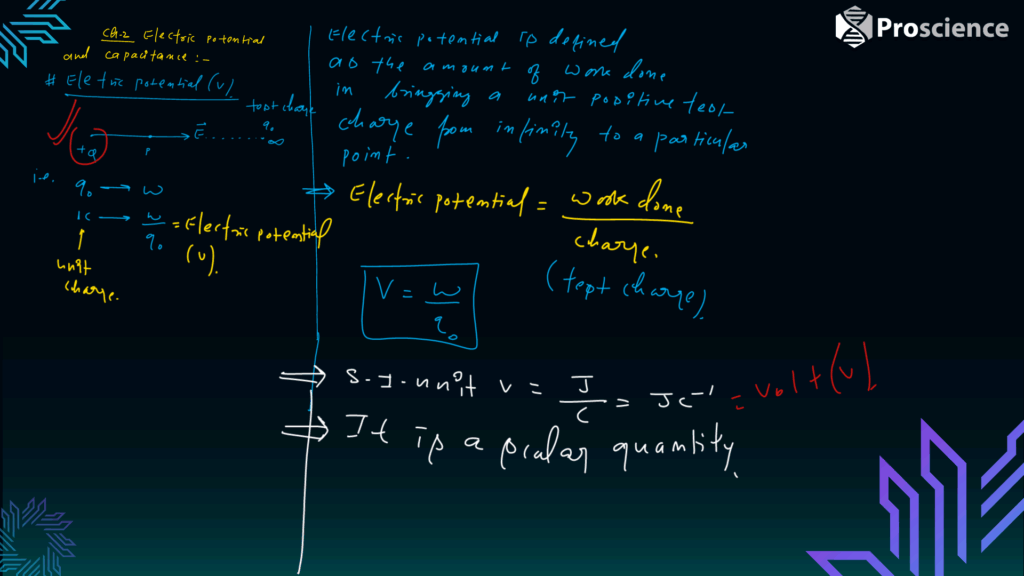
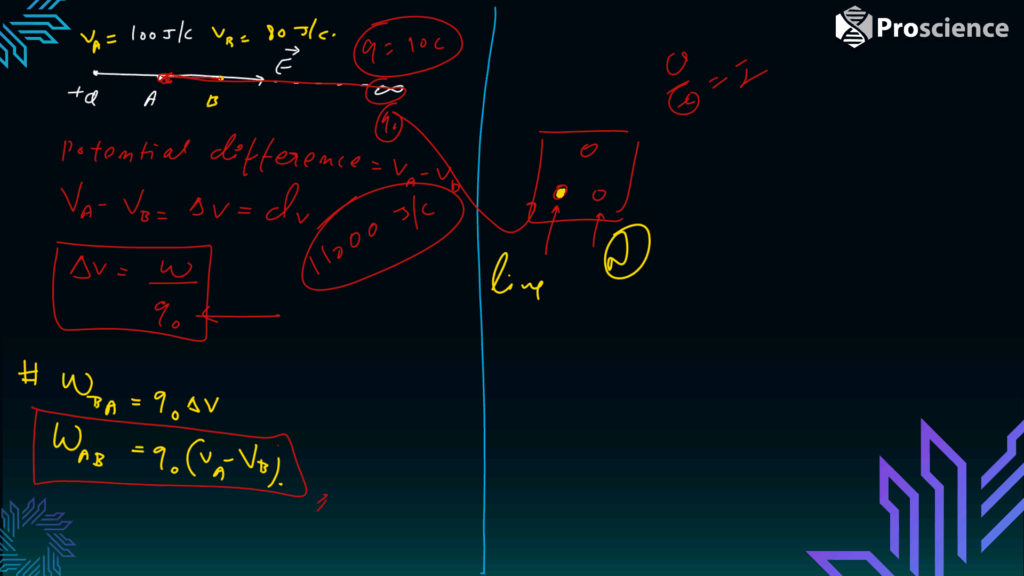
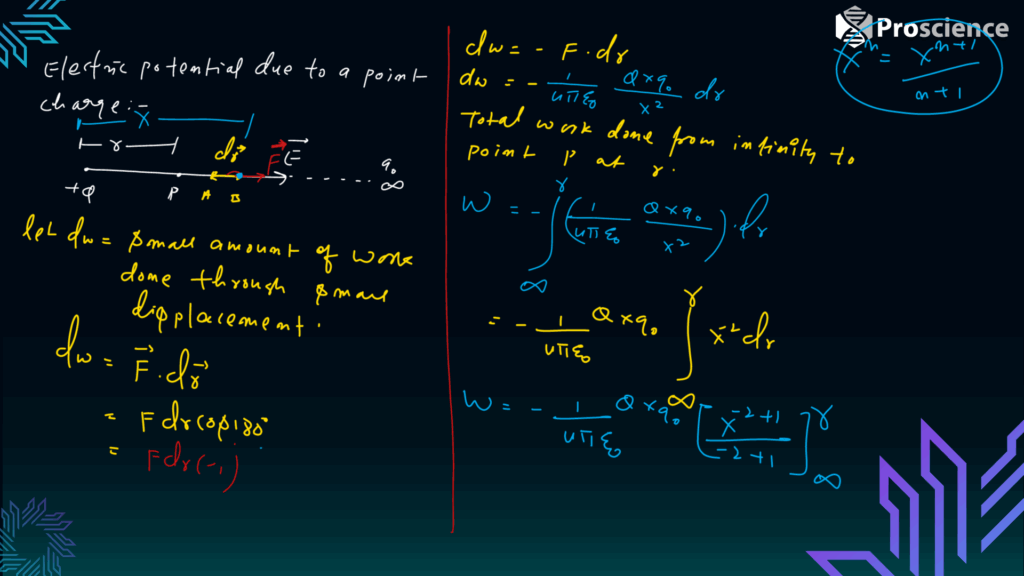
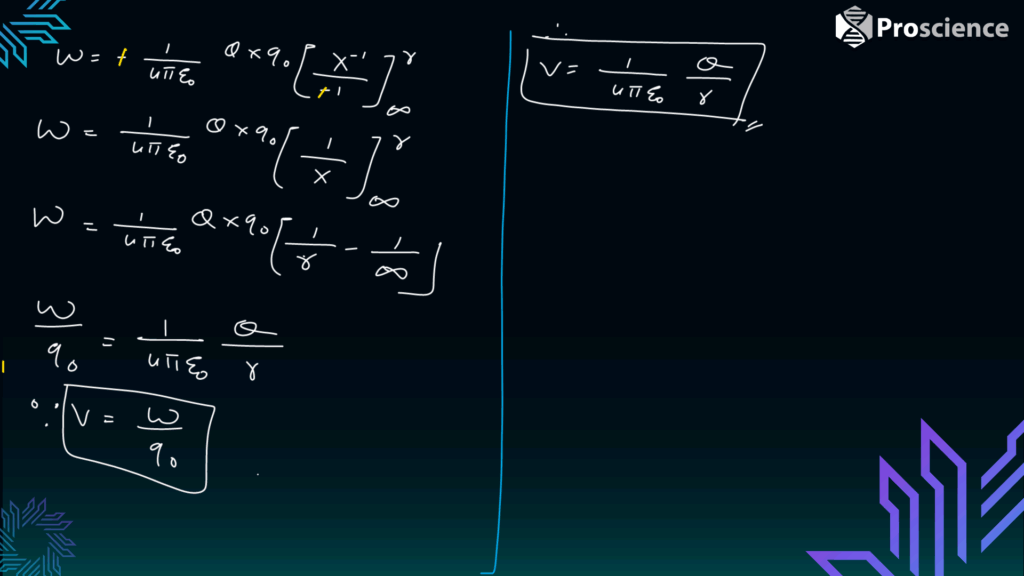
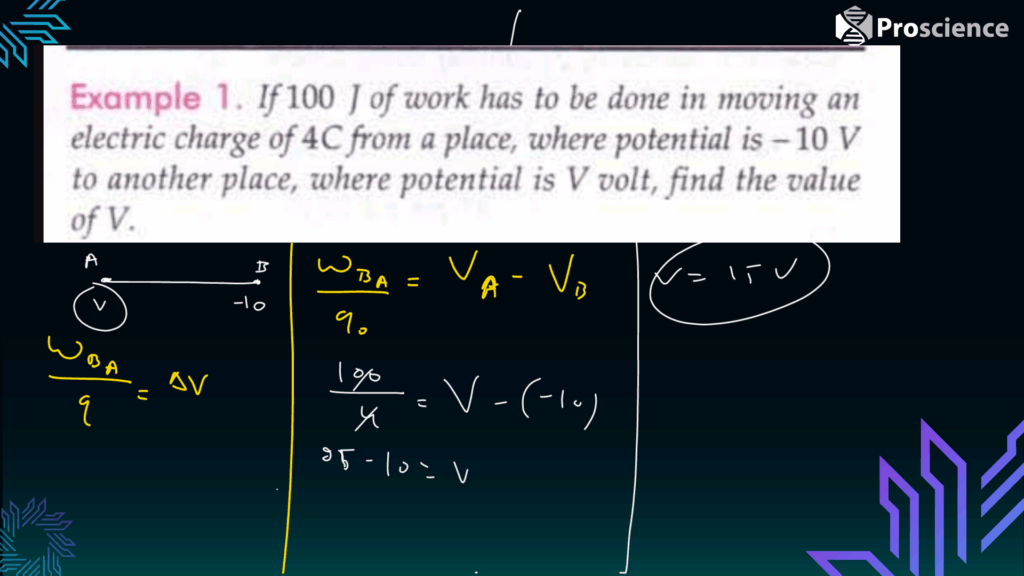
ASSIGNMENT
Class 12 Physics Assignment – Electrostatic Potential and Capacitance
Class 12 Physics – Assignment
Chapter: Electrostatic Potential and Capacitance
Topics Covered: Electrostatic Potential, Potential due to a Point Charge, Potential due to an Electric Dipole
Total Marks: 25 Time: 1 Hour
Section A: Multiple Choice Questions (1 mark each)
- The electrostatic potential at a point due to a point charge q at distance r is:
a) q/ε₀r
b) kq/r²
c) kq/r
d) kq/r³ - The SI unit of electrostatic potential is:
a) Newton
b) Joule
c) Volt
d) Coulomb - The potential due to a point charge is:
a) Directly proportional to r
b) Inversely proportional to r
c) Inversely proportional to r²
d) Constant everywhere - The potential at a point on the axial line of a dipole is:
a) Zero
b) k × p / r²
c) k × p / r³
d) k × p / r - The electrostatic potential due to a dipole at a point in its equatorial plane is:
a) Zero
b) Maximum
c) Minimum
d) Infinite
Section B: Assertion and Reason Questions (2 marks each)
Choose the correct option:
a) Both A and R are true, and R is the correct explanation of A
b) Both A and R are true, but R is not the correct explanation of A
c) A is true, R is false
d) A is false, R is true
- Assertion (A): Electrostatic potential is a scalar quantity.
Reason (R): It has magnitude but no direction. - Assertion (A): The potential due to an electric dipole is zero at the center.
Reason (R): Charges cancel each other’s effects at the midpoint. - Assertion (A): Electric potential is zero at infinity for any configuration.
Reason (R): Electric field becomes zero at infinity. - Assertion (A): The potential due to a point charge decreases with distance.
Reason (R): Electric potential due to a point charge varies as 1/r. - Assertion (A): Work done in moving a test charge in equipotential surface is zero.
Reason (R): Electric field is tangential to equipotential surfaces.
Section C: One Word / One Line Answers (1 mark each)
- What is the SI unit of electrostatic potential?
- Write the expression for potential due to a point charge.
- Name the type of surface where potential remains constant at all points.
Section D: Short Answer Type Questions (2 marks each)
- Derive the expression for the electrostatic potential due to a point charge.
- What is the potential at a point on the axial line of a dipole at distance r from the center?
Section E: Long Answer Type Question (5 marks)
- a) Define electrostatic potential.
b) Derive the expression for electrostatic potential due to an electric dipole at any point on its axial line.
c) Mention the expression for potential at the equatorial line and state its value.
